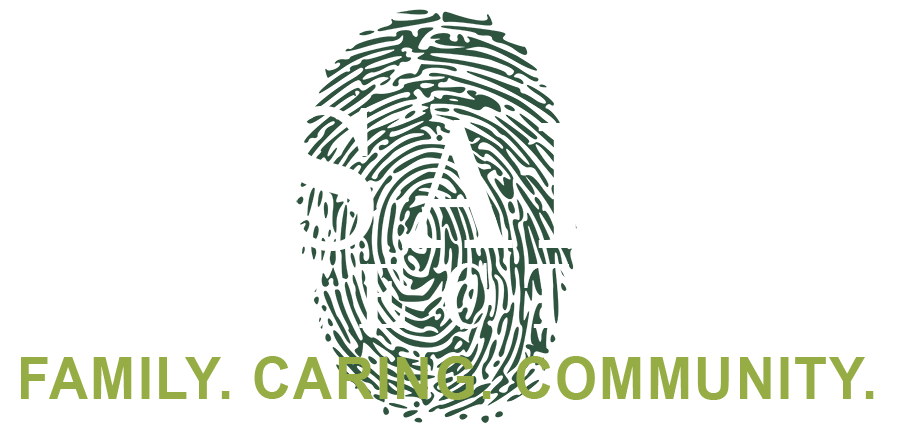From Booking to
Re-Entry, Our Goal is to Help Improve Our Inmate's Lives
The goal of all LaSalle inmate programs is to change lives through the implementation and development of evidence-based and innovative programming solutions. From booking to re-entry, LaSalle offers a variety of programs and services to securely process, house, treat, and return inmates to society.
In addition to offering daily activities like outside recreation, telephone communications, and commissary services in our facilities, there are opportunities to pursue continuing education, participate in rehabilitative programs, develop vocational skills, and even earn additional income.

ACCOUNTABILITY PLANNING
Supervision strategies are devised by a panel of advisors (i.e. law enforcement, community partners, correctional staff, family members) in order to ensure continued care for the offender during our care and upon release. The process begins with an initial intake of the offender to assess programming needs and then follows with the implementation of an individualized plan aimed at preparing the offender for successful re-entry.
COGNITIVE BEHAVIOR THERAPY (CBT)
CBT addresses emotional, psychological, and cognitive disorders through behavior modifications. By aiding offenders in recognizing responses to different environments and situations, CBT directly impacts decision-making and identifies detrimental patterns of thought and attempts to alter them. CBT is effective in treating substance abuse disorders, mood disorders, personality disorders, eating disorders, and anxiety disorders.
FAMILY REUNIFICATION
Children with offender parents are six times more likely to be incarcerated than children without offender parents. Family reunification programming focuses on strengthening family support networks. Regular visitation (both face-to-face and video conferencing), family counseling, parenting skills, and services provided for the well being of the child/children, are all utilized.

VICTIM AWARENESS
Offenders don't always understand the impact of crimes committed on the community. Victim awareness programming allows offenders to comprehend the cause and effect nature of their actions, especially when it comes to the experience of the victim. Programming may include resources that assist the offender in their understanding, such as panels made up of victims, facilitated group discussions, statistics, audio/visual materials, and more.
WORKFORCE DEVELOPMENT
Work release programs provide a community-based experience for offenders before their release date, and coordinate work release activities with pre-transition educational and vocational training (i.e., GED, technical certification, computer training, etc.). The synchronization of these processes allow offenders to develop a career path by providing them with marketable skills.

